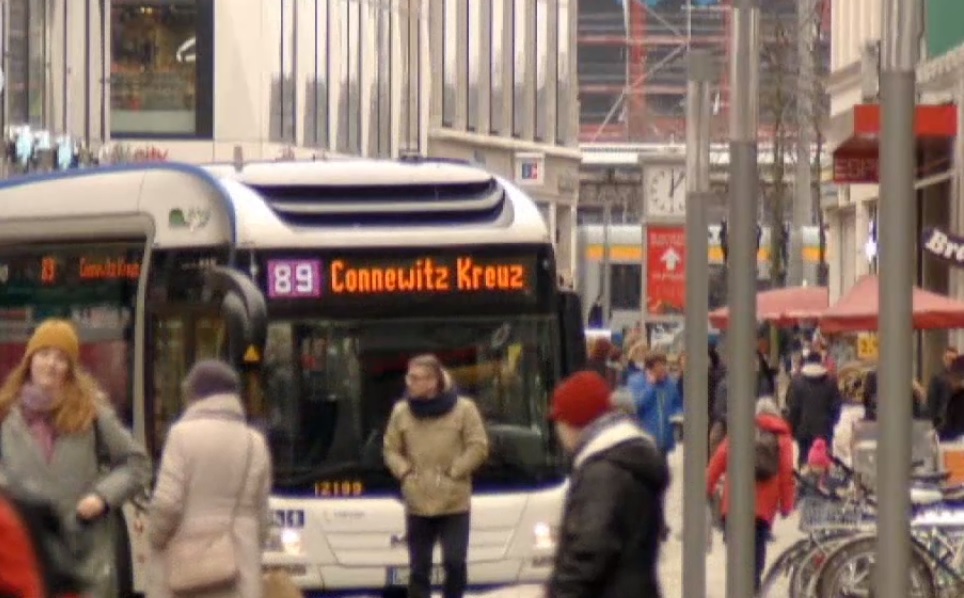The TrickyScribe: National Thermal Power Corporation’s (NTPC) auction to develop 2 GW of interstate transmission system connected solar PV projects attracted a low winning tariff of Rs 2.59 per unit amidst Indian government’s see-sawing on the 25 percent safeguard duty making renewables pocket-friendly.
During Tuesday’s auction, Acme Solar, Shapoorji Pallonji Infrastructure and Azure Power quoted the lowest tariff of Rs 2.59, followed by SB Energy, with Rs 2.60 per unit. Overall, Acme Solar – which recently said it would quit its PV pipeline unless safeguard tariffs were passed onto utilities – was awarded 600 MW, while Shapoorji Pallonji Infrastructure received 500 MW, and Azure Power, 300 MW.
READ MORE: EIA report for Nauroji Nagar plagiarised, matter listed for August 30
SB Energy, a joint venture of SoftBank, Foxconn and Bharti Airtel, placed a bid for 2 GW of capacity, but was awarded just 600 MW in the end. The highest winning bid was submitted by Nisagra Renewable, at Rs 3.10 for 150 MW. This is 19.69 percent higher than the lowest tariff. ReNew Solar, meanwhile, was awarded 500 MW at Rs 3.09. The winning tariffs for this project are lower than the Rs 2.71 tariff reached during NTPC’s 750 MW auction, held this May. The rates are well above the record-low solar price of Rs 2.44 per unit, however, reached at the Bhadla Solar Park, Rajasthan, auction held in May 2017.
The NTPC issued the 2 GW tender in March 2018. It was oversubscribed by three times, with bids amounting to 6.2 GW submitted. Following the imposition of 25 percent safeguard duty on July 30, the company delayed the auction by a week, giving bidders time until August 13, 2018, to revise and resubmit their bids. As per ICRA, 3GW in Wind and 4GW in Solar will be commissioned in FY18-19. The government will further auction 20GW in the current and upcoming fiscals, said MD, Sun Capital Advisory Private Limited, Suresh Jain.
READ MORE: Between India & Swachch Bharat, 80 million toilets constructed
Meanwhile, renewable energy installations in Germany fed some 117bn kilowatt-hours of green power to the grid in the first half of 2018, up 10 percent year on year, according to the federal environment agency UBA. Wind energy installations delivered some 57bn kWh or close to half the green electricity produced in the first half of the year, followed by photovoltaics with 24bn kWh. Biomass and biogenous waste installations fed some 26bn kWh to the grid while hydropower contributed 10bn kWh hours.
Some 1633MW of onshore wind turbines were installed in the first six months of 2018, around 30% less than in the first half of 2017 when 2243MW went online. In 2017, however, Germany overshot the government’s 2.8GW target and installed 5GW of onshore wind. No new offshore wind turbines were registered with Germany’s grid regulator in the first half of 2018. The addition of 1359MW of new PV installations in the first half of 2018 was 58 percent above the 859MW installed in the same period last year.
READ MORE: Ergonomically designed idMASK2 claims to filter out 95% of pollutants
In the light of the Berlin’s new goal of reaching a 65 percent renewable energy share in the electricity mix by 2030, the government should offer some 4GW of additional capacity in the short term for onshore wind and solar power as pledged in its coalition treaty, the agency said. Germany should aim at a gross expansion of 4.5GW onshore wind per year in the long term, expand the grid, and exit coal, the agency added.
Total Views: 2,71,570








